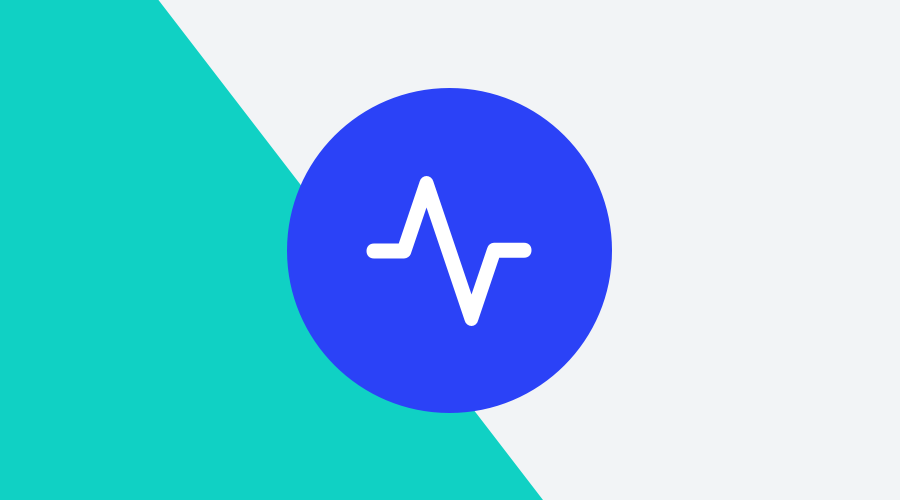Nowadays, one of the most important KPIs of websites and apps is User Activity. As explained in a previous article, User Activity is defined as how regularly a user uses your app, website, or interacts with your email messages. The more active the user, the more your user becomes engaged, and the longer this user will continue to use your services. But how do you activate them to increase user retention?
Active vs. passive information acquisition
A recent study by the Nielsen Norman Group shows how important passive information acquisition is and how it differs from active information acquisition. The study revealed that over 22 years, passive information acquisition increased from 4% to 14% of all incidents leading to significant decisions or actions. There are two types identified of activities associated with passive information acquisition:
- Explore: information was found accidentally while browsing
- Notified: information was included in an email, text message, or push notification
Notified
Instead of waiting for users to go to your service actively, you need to initiate ways that enable passive interaction. The research shows that an increasing number of people accidentally find critical information without explicitly looking for it. For the user, maybe accidentally, however, intentionally set up by the marketer. As the Nielsen research acknowledged, emails and push notifications can serve as a basis for decision making — provided that the content is sound, self-explanatory, contains sufficient details, and is tailored to the users' general interest.
A Customer Engagement Platform ensures that a website or app gets a voice that speaks to the users and makes them come to the website or app. Furthermore, the same research shows that notifications have shown a profound impact on user behaviors. Users mentioned the need to personalize and customize the experience instead of being overwhelmed by tons of notifications that didn't meet their interests.
Active Users vs. Users Activity
An Active User is a user profile with one or more devices. Active users are eligible to receive remote, silent notifications or any type of messages. Devices can be manually unregistered through the app or reported inactive by Apple Push Notification Service, Firebase Cloud Messaging, or any unsubscribe or opt-out from WebPush, SMS, or email. Soon the last device for a user has been unregistered; Notificare will inactivate the user.
User Activity grants you the number of unique users who initiated activity on your site or app. In Notificare, we display this cohort for four main periods (less than a month, between one and three months, between three and six months, and older than six months). The chart will show you an overview of your app's user fragmentation based on the last active date.
If you don't communicate with your users, you'll have to wait and see if they are actively visiting your website or opening your app. Without an incentive, activity will slowly decrease, and the app will soon be forgotten as it loses its relevance. The user will be more inclined to uninstall the app. The lower the User Activity, the larger the decrease in users. We observed this happen at a large restaurant chain. Because of the Covid measures of the government earlier this year, they were forced to close down. After a while, this resulted in less conversation with their loyal customers. In one month, a user decrease of 6,5% was recorded.
Keep your user base clean
Of course, despite all the effort you put in to foster User Activity, some of your users might just not be interested anymore. Gradually, the user becomes less active or even dormant. You are in control of how long you believe you can still win this user back. Perhaps a targeted win-back campaign will help to get these users to participate again. But if nothing works anymore, you don't want to approach these users actively anymore.
Then, don't waste your time and clean up. By providing a sensible User Lifetime setting, users can automatically be deactivated based on their last active date. Here, you can set the time you consider a user to be active. By default, this is set to Forever, which means users will never be deactivated. Yet you can decrease it to match your needs, if you consider users with a last active date of a certain threshold (one, three, six months, or one year) are no longer necessary in your audience selection.
How active are your users?
So by regularly attracting users to the app or website, you can keep them active and engaged. You can try to reactivate the users who are dormant, or as we have seen, clean them up when no longer needed. It will keep your user base fresh and active. If you are interested in the best way to set up a win-back campaign or how to optimize User Lifetime, feel free to contact our Professional Services Team.


